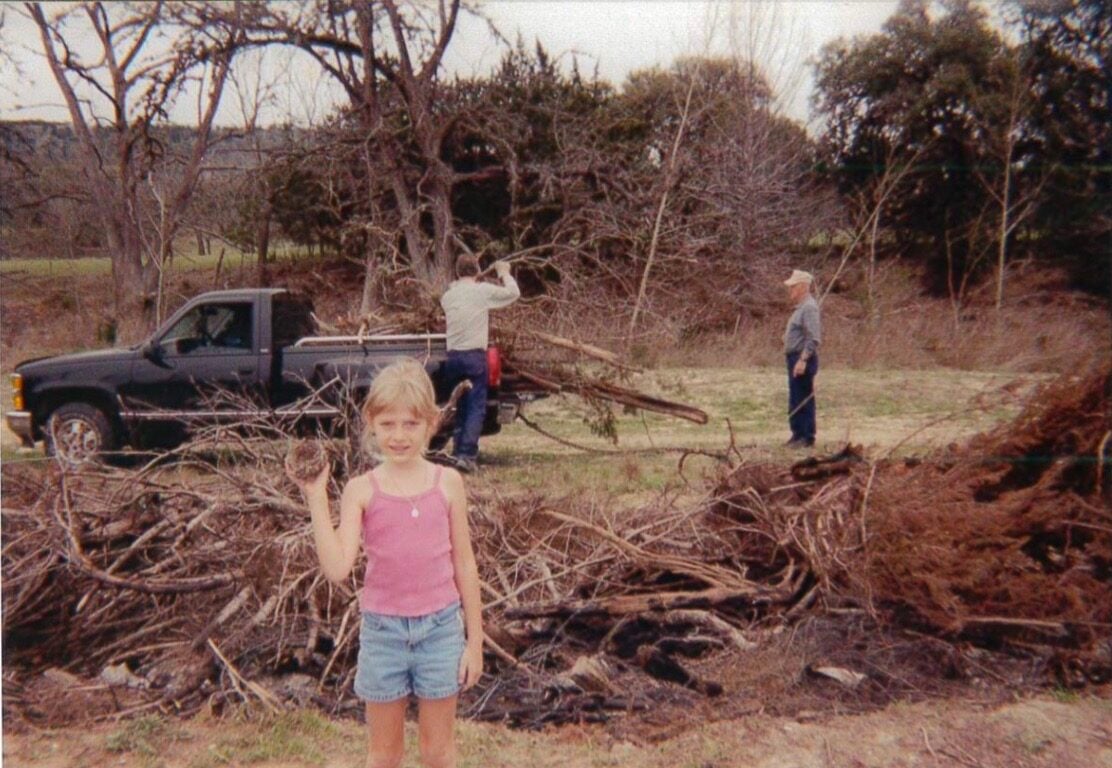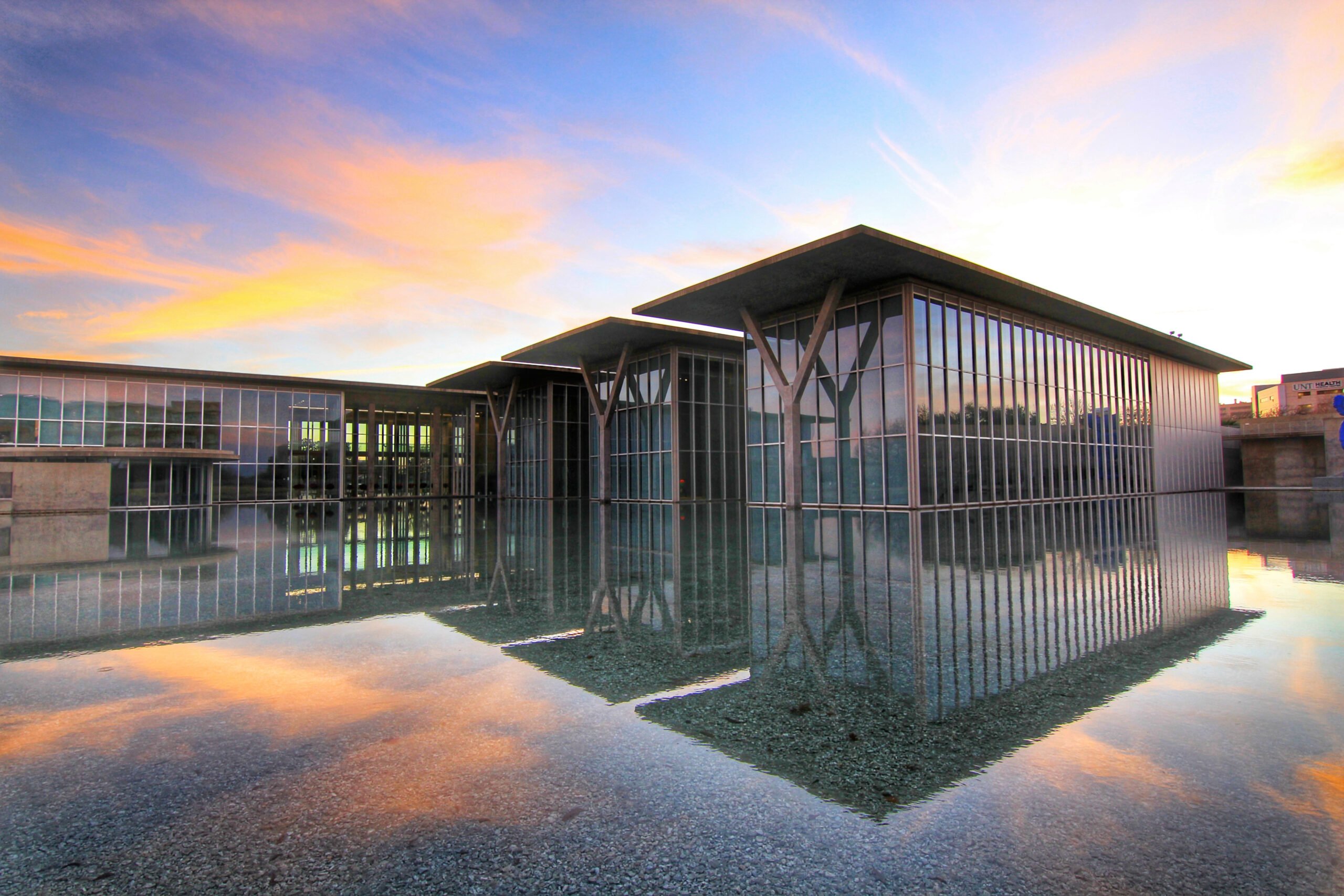ustxtxb_obs_1967_09_15_50_00003-00000_000.pdf
Page 15
THE TEXAS OBSERVER 00 Texas Observer Co., Ltd. t1967 .4 Journal of Free Voices A Window to the South 61st YEARESTABLISHED 1906 Vol. LIX, No. 18 746ND Sept. 15, 1967 has not been carried out and that the scientific value of the Big Thicket is only beginning to be understood. It is estimated that at least a thousand varieties of algae and fungi remain to be found and classified, as well as numberless insect species, while new plant species are still regularly discovered. Recent research in the Thicket also includes the quest for plants useful in treating diabetes, cancer, and heart disease. The Thicket’s entire botanical structure is as interesting to scientists as its specific plant species. William 0. Douglas points out that trees in the area differ sufficiently from near relatives found elsewhere to form distinct, unique species; for reasons yet to be discovered, the Thicket is a “region of critical speciation,” where new species emerge as old are cancelled out. The Thicket’s recapitulation of plant growth patterns found in the Appalachian highlands provides still another scientific enigma. To date no one has offered a convincing explanation of these widely separated “ecological parallels.” Taxonomists, ecologists, ethnologists, geneticists, botanists, ornithologists, entomologiststo name a few have much to learn from the Big Thicket; they have much to lose, if it is destroyed. To catalogue the history, plants, animals, birds and scientifically valuable features of the Thicket is still to have given no impression of its strangeness or its beauty. There are deep woods where ferns grow thickly on mossed tree trunks and giant palmetto palms stand higher than pine saplings; there are century-old log cabins, in neglected clearings; there are bayous where turtles slide off fallen logs and alligators submerge suddenly in dark, muddy water; there are tree-bordered meadows thick with wildflowers and jungles so dense they can be penetrated only by hacking a path with a longbladed knife; there are pine barrens, yaupon thickets, beech forests and cypress swamps where no road has entered and no axe echoed. And in the dying crossroads towns there are old men who will tell you stories of epic bear hunts on still October nights when dark shapes moved in the palmetto thickets and dogs bayed, distant and excited, in the bright moonlight. AN AREA OF such outstanding natural wealth and beauty ought to be preserved for future generations. Whether it can be saved in time is not certain. Lumber companies have long fought conservation efforts in the Big Thicket; today they are joined by land speculators, who hope to turn the area into a sort of backwoods surburbia, and by pipeline companies, which enjoy the right to build pipelines through any terrain whatever, regardless of public opinion. Lance Rosier and other members of the Big Thicket Association believe that certain of these interests are trying to make the Thicket unfit for inclusion in the national park system through intentional destruction. Four years ago Rosier found that an entire rookery, containing hundreds of herons, egrets, and their young, had been killed by airplanes spraying timber to kill hardwoods and make room for pine. Rosier is convinced that the incident was not an accident: there are no trees of any kind in the rookery, which is perfectly visible from the air. More recently, a thousand-year-old magnolia, estimated to be the oldest in the South, was found dead, drilled in four places and poisoned with arsenate of lead. “Whoever did it,” Rosier concludes mournfully, “knew what he was doing. This wasn’t just boys playing pranks.” In his forthcoming Big Thicket Story Dempsie Henley recounts a trip with William 0. Douglas through areas of the Thicket where destructive lumbering practices have inexplicably accelerated: “As we continued through the Kirby Lumber Company lands, it was obvious that a major hardwood cutting project was under way for the entire area. This area had been recommended for preservation in my earlier study report to the governor of Texas. Dr. Correll and others on the tour had told Justice Douglas that this particular area was probably one of the choicest botanical areas in the Big Thicket, and despite the apparent efforts of the lumber company to cut the area out, it still had to be classi, fied as having ‘national botanical significance’ . .. We again noticed that many of the magnolia trees that had been cut were actually in the public right-of-ways. Certain ly the lumber companies nor anyone else had any right to cut trees belonging to the general public.” To drive home his point, Henley reveals that most magnolia trees in the Thicket Incorporating the State Observer and the East Texas Democrat. which in turn incorported the State Week and Austin ForumAdvocate. We will serve no group or party but will hew hard Lo the truth as we find it and the right as we see it. We are dedicated to the whole truth, to human values above all interests, to the rights of man as the foundation of democracy; we will take orders from none but our own conscience, and never will we overlook or misrepresent the truth to serve the interests of the powerful or cater to the ignoble in the human spirit. Editor, Greg Olds. Partner, Mrs. R. D. Randolph. Editor-at-large, Ronnie Dugger. Business Manager, Sarah Payne. Associate Manager, C. R. Olofson. Contributing Editors, Elroy Bode, Winston Bode, Bill Brammer, Sue Horn Estes, Larry Goodwyn, Harris Green, Bill Helmer, Dave Hickey, Franklin Jones, Lyman Jones, Larry L. King, Georgia Earnest Klipple, Al Melinger, Robert L. Montgomery, Willie Morris, James Presley, Charles Ramsdell, John Rogers, Mary Beth Rogers, Roger Shattuck, Robert Sherrill, Dan Strawn, Tom Sutherland, Charles Alan Wright. Contributing Photographer, Russell Lee. The Observer publishes articles, essays, and creative work of the shorter forms having to do in various ways with this area. The pay depends; at present it is token. Unsolicited manuscripts must be accompanied by return postage. The editor has exclusive control over the editorial policies and contents. of the Observer. None of the other people who are associated are used to make railroad ties. At forty cents per tie, a hundred-year-old magnolia is worth around three dollars and fifty cents! Though recommendationsas Henley mentionshave been made by the Big Thicket Association to the state of Texas, Gov. John Connally has done little except make occasional promises. In the meantime two contrasting proposals have been made in Washington: Senator Yarborough’s, which calls for the creation of a 75,000-acre Big Thicket National Park, and the Department of the Interior’s, which tentatively suggests a 35,000-acre Big Thicket National Monument. Both plans have obvious drawbacks. It is no longer possible in the Thicket to find 5,000 contiguous acres of completely untouched landthe amount of primitive wilderness legally required to make a region into a national park; moreover, lumber companies and other powerful interests may not oppOse a smaller park with quite the demonic zeal with which they have fought a large one. While both these facts argue for a National Monument, 35,000 acres seems a pitifully small remainder when the original vastness of the Thicket is considered: One is tempted to ask whether so extreme a compromise is necessary. PROPONENTS OF the Department of Interior’s plan counter this ob with the enterprise, shares this responsibility with him. Writers are responsible for their own work, but not for anything they have not themselves written, and in publishing them the editor does not necessarily imply that he agrees with them, because this is a journal of free voices. Unsigned articles are the editor’s. Subscription Representatives: Arlington, George N. Green, 300 E. Snith College St., CR 70080: Austin, Mrs. Helen C. Spear, 2615 Pecos, HO 5-1805; Corpus Christi, Penny Dudley. 1224′ Second St., TU 4-1460; Dallas, Mrs. Ccyrdye Hall, 5835 Ellsworth, TA 1-1205: Denton. Fred Lusk, Box 8134 NTS, 387-3119; Ft. Worth, Dolores Jacobsen, 3025 Greene Ave., WA 4-9655; lIouston, Mrs. Shirley Jay, 10306 Cliffwood Dr., PA 3-8682; Lubbock, Doris Blaisdell, 2515 24th St., Midland, Eva Dennis, 4306 ‘Douglas, OX 42825; Snyder, Enid Turner, 2210 30th St. HI 3 9497 or HI 3-6061; San Antonio, Mrs. St., B. Tuggle, 531 Elmhurst, TA 6-3583; Cambridge, Mass., Victor Emanuel, Adams House C112. The Observer is published by Texas Observer Co.. Ltd., biweekly from Austin, Texas. Entered as second-class matter April 26, 1937, at the Post Office at Austin, Texas, under the Act of March 3, 1879. Second class postage paid at Austin. Texas. Delivered postage prepaid $6.00 a year; two years, $11.00; three years, $15.00. Foreign rates on request. Single copies 25c; prices for ten or more for students, or bulk orders, on request. Editorial and Business Offices: The Texas Observer. 504 West 24th St.. Austin, Texas 78705. Telephone GR 7-0746. Houston office: 718 Capital National Bank 813-7u 9il 5d 6ing. Houston, Texas 77002. Telephone CA Change of Address: Please give old and new address and allow three weeks.


